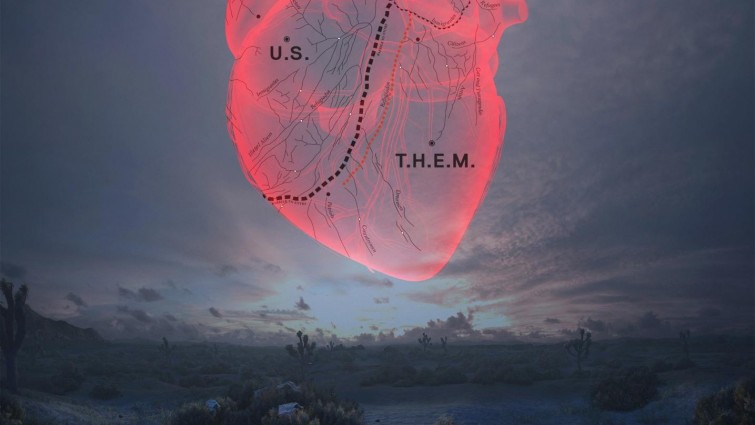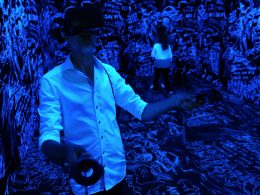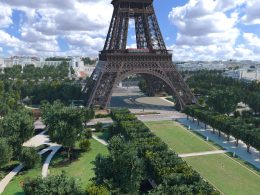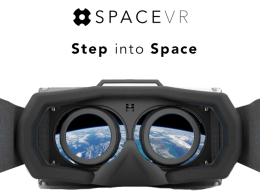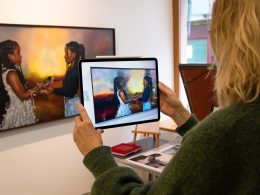"Carne y Arena", "Meat and Sand" is the name of the exhibition at the Los Angeles County Museum, which can only be experienced with virtual reality glasses. In it, director Iñárritu tells of the flight across the border from Mexico - an almost painfully tangible experience for the museum visitors.
Even the first seconds of the virtual exhibition captivate the editor of Deutschlandrundufunk, Katharina Wilhelm: "Until a few seconds ago, I was in a dark room in the middle of the County Museum in Los Angeles. When I open my eyes again, I'm standing in the middle of a desert. It is night, I see a group of people moving in my direction. A woman seems injured, she is calling for help in Spanish. A little girl is crying. The sand under my feet is coarse and stony, a light wind blows. I forget I'm wearing giant virtual reality goggles."
"Carne y Arena", translated as "Meat and Sand", is the name of the virtual exhibition by Mexican director Alejandro González Iñárritu. The story is based on conversations he had with people who fled across the border from Mexico to the USA: "Every sentence, every single story was deeply moving. People were willing to risk their lives, including those of their children." The director explained this during his acceptance speech at the Oscar Academy. He had received an honorary Oscar for his installation.
The story can be felt physically
Iñárritu had already taken up the theme of escape in his film "Babel". With "Flesh and Sand" he wants to lure the viewer out of his observing position, bring him into the middle and thus also challenge him. Unlike computer games, which are played with virtual reality glasses, Iñárritu makes sure that we can physically feel his story. In the anteroom of the exhibition, visitors have to take off their shoes and stockings to get the real feeling. The room is modelled on the detention rooms for refugees known as "iceboxes" that exist along the border. In the exhibition room, a fan and heavy sound make you really feel the helicopter circling above you and the refugees.
"Our intention was to tell one of the oldest conflicts of humanity with the latest technology. I'm not interested in technology that makes us escape from reality, but that shows us a part of our complex reality," says Iñárritu.
As a visitor to VR, you can at least decide: Do you want to stand with the fleeing people or turn around, ignore the whole thing or even take off your glasses?
A powerful example of how VR awakens empathy
The virtual experience lasts just under seven minutes. Arousing empathy is, of course, one of the director's intentions. At the same time, it is a political statement, in California on the border with Mexico. There, too, Trump wants to have his wall built; nowhere are there as many Latin American immigrants as in California. For Iñárritu, virtual reality is an opportunity for the here and now and at the same time the way to the future:
"We are at the beginning of a new art form whose language and visual grammar we have yet to understand. But the next generation will be able to explore it and take us to new worlds."
The VR installation "Carne y Arena" was on display until January 2018 in the Fondazione Prada in Milan and can currently be seen at the Los Angeles County Museum of Art be visited.
Source: Deutschlandfunk





